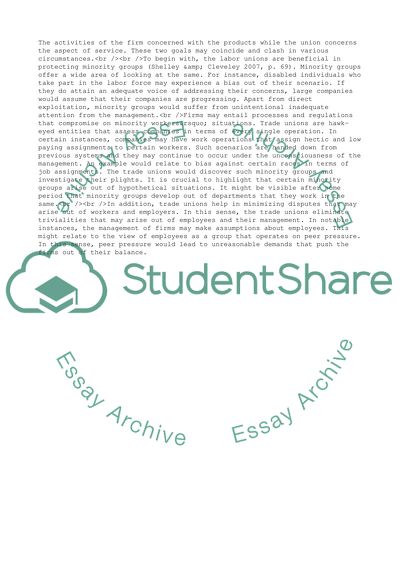Cite this document
(Employment Relations: Trade Unions Coursework Example | Topics and Well Written Essays - 1500 words - 6, n.d.)
Employment Relations: Trade Unions Coursework Example | Topics and Well Written Essays - 1500 words - 6. https://studentshare.org/management/1784691-employment-relations
Employment Relations: Trade Unions Coursework Example | Topics and Well Written Essays - 1500 words - 6. https://studentshare.org/management/1784691-employment-relations
(Employment Relations: Trade Unions Coursework Example | Topics and Well Written Essays - 1500 Words - 6)
Employment Relations: Trade Unions Coursework Example | Topics and Well Written Essays - 1500 Words - 6. https://studentshare.org/management/1784691-employment-relations.
Employment Relations: Trade Unions Coursework Example | Topics and Well Written Essays - 1500 Words - 6. https://studentshare.org/management/1784691-employment-relations.
“Employment Relations: Trade Unions Coursework Example | Topics and Well Written Essays - 1500 Words - 6”. https://studentshare.org/management/1784691-employment-relations.


